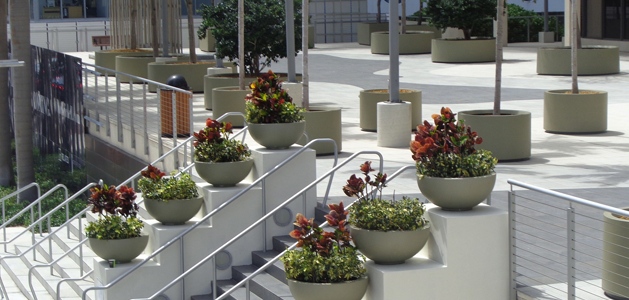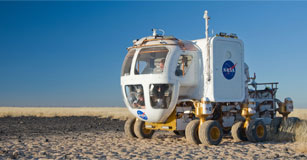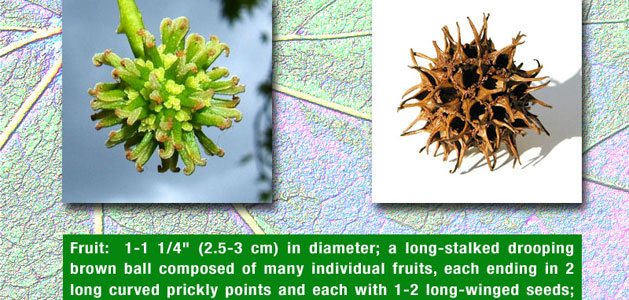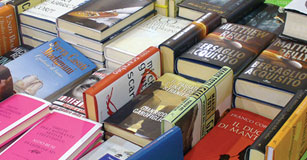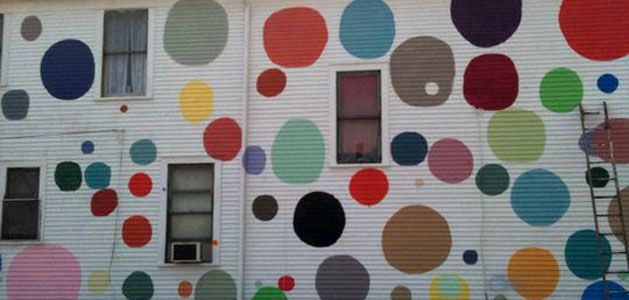Cycle Stories
Students tell the story of a scientific cycle by recreating the adventure of its “main character“ through a comic, eBook, or video.
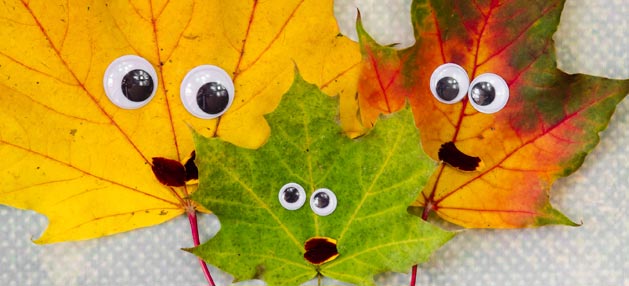
Task
Science doesn't have to be a list of boring facts or calculations. How does a drop of water feel as it evaporates or plunges down a gulley after a fierce rainstorm? How does rock feel when it transforms into a liquid and is ejected from a volcano? Create a digital story that shares a science cycle from a first person perspective!
Engage
With its wealth of information and data, science is a great place to implement reading and writing across the curriculum with digital storytelling projects that require students to “gather, comprehend, evaluate, synthesize, and report on information and ideas.“ Combine informational and narrative writing to make facts and information come alive.
If you teach in the primary grades, you might encourage students to create a digital story that shows the life cycle of different insects. Elementary-age students might show phases of the moon, planetary orbits or the water cycle. Intermediate and middle-grade students can show the rock cycle, carbon cycle, plate tectonics, or even the process cell division.
This project works great as a performance task you can use to evaluate students understanding. You will need to work with students to explore the cycle or process before they begin working. You may already be raising silk worms or hosting caterpillars and there are lots of fun ways to begin exploring life and earth cycles.
To introduce them to their performance task for this project, read a story like Iggy Boulder and the Rock Cycle or share a cycle story video to give them an idea of how the information about a scientific cycle might be shared through a narrative story.
Create
Allow students to form teams around a cycle they are most interested in. Have the teams begin completing research and cycle organizers to demonstrate their understanding of important stages in the cycle. You can use 4- and 5-stage cycle graphic organizers to help students record and organize their information and observations.
Create a Graphic Organizer
Need a thought web, timeline, flowchart, or other graphic organizer for a lesson?
CreateAfter students have gathered the information, they need to transform it into a narrative story. To make the cycle really come alive, have students tell the story from the 1st person perspective of its “main character” to share the process. This process of personification can help them make more personal connections to the story, as well as help you avoid stories that are a simple copy and paste of facts.
You can have them begin brainstorming what this might look like with a Cluster graphic organizer that shows potential character traits. You can get students started by asking them to identifying parts that are similar to human body parts. Then, brainstorm feelings the “character” might have about itself or its experiences. For example: What is it afraid of? What is it good at?
Student teams will also need to choose a setting or settings for the story to take place. Remind them that the setting provides context that will help demonstrate their understanding of facts about the cycle.
Depending on the age and writing ability of your students, you can have them organize their writing by beginning, middle, and end; the number of stages in their cycle; or by using a plot diagram to brainstorm and organize the action in the story. Since the story will also be broken into pages, or scenes, you can have students organize their work with a storyboard.
To help reinforce to students that writing once is not enough, have them first edit their rough draft as a team. You can distribute a copy of the story to each team member for editing, or have one student read the story out loud to the rest of their team, taking time to write down questions and comments before making revisions. Teams should share these revisions with another team for feedback and then further changes.
Once the story has been edited, it is time to create an electronic version. Students can use the paint and drawing tools in Wixie or Frames to enhance their text with pictures to support their writing. They should record narration to each page, so that viewers will be able to hear the story as well as read it. When the work is complete, they can print the file from Wixie as a 4- or 6-panel comic, export the file from Wixie as an ePub for sharing and reading on tablets. If students are using Frames, they can export a video for sharing online or on video sharing sites like YouTube.
Share
Sharing student work will motivate students to research accurately and write creatively. Organize an event or two where students have an opportunity to show off their work.
If they have created animations or videos, show them at an assembly. You can post the videos on your classroom web page, and consider also creating a YouTube or TeacherTube playlist, to make it easy for other science teachers to find and use your student's work to engage their classrooms in science.
If students have published comics, print and display them around your classroom and school. You may also consider uploaded images of these pages to sites like Shutterfly to create and publish a book you can keep in your classroom or school media center.
If your students published their work as ebooks, or ePubs, create a page on your school web site to host the eBooks for download. You can also use a Google Drive or Drop Box folder to make the eBooks available for download to tablets.
Assessment
This project works great as a performance task you can use to evaluate students understanding.
During the process, you can easily evaluate student understanding from the cycle graphic organizer. Having students turn in their narrative writing and storyboards prior to creating the eBook, animation, or video will help you ensure that they are on the right track.
The final product, whether it ends up as an eBook, animation, or video biography provides an opportunity for summative assessment. You may also want to include soft skills like team work, responsibility, organization, and problem solving as part of this final assessment.
Resources
Michael Ross. Earth Cycles ISBN: 0761319778
Veronica Lopez. Iggy Boulder: And The Rock Cycle.. ISBN: 147920773X
Standards
Common Core Standards for English Language Arts
CCSS.ELA-LITERACY.CCRA.W.2
Write informative/explanatory texts to examine and convey complex ideas and information clearly and accurately through the effective selection, organization, and analysis of content.
CCSS.ELA-LITERACY.CCRA.W.3
Write narratives to develop real or imagined experiences or events using effective technique, well-chosen details and well-structured event sequences.
CCSS.ELA-Literacy.WHST.6-8.2
Write informative/explanatory texts, including the narration of historical events, scientific procedures/ experiments, or technical processes.
CCSS.ELA-Literacy.WHST.6-8.2a
Introduce a topic clearly, previewing what is to follow; organize ideas, concepts, and information into broader categories as appropriate to achieving purpose; include formatting (e.g., headings), graphics (e.g., charts, tables), and multimedia when useful to aiding comprehension.
CCSS.ELA-Literacy.WHST.6-8.7
Conduct short research projects to answer a question (including a self-generated question), drawing on several sources and generating additional related, focused questions that allow for multiple avenues of exploration.
Next Generation Science Standards
5-LS2-1
Develop a model to describe the movement of matter among plants, animals, decomposers, and the environment.
MS-LS2-3
Develop a model to describe the cycling of matter and flow of energy among living and nonliving parts of an ecosystem.
MS-ESS2-4
Develop a model to describe the cycling of water through Earth's systems driven by energy from the sun and the force of gravity.
ISTE NETS for Students 2016:
6. Creative Communicator
Students communicate clearly and express themselves creatively for a variety of purposes using the platforms, tools, styles, formats and digital media appropriate to their goals. Students:
a. choose the appropriate platforms and tools for meeting the desired objectives of their creation or communication.
b. create original works or responsibly repurpose or remix digital resources into new creations.
c. communicate complex ideas clearly and effectively by creating or using a variety of digital objects such as visualizations, models or simulations.
d. publish or present content that customizes the message and medium for their intended audiences.





